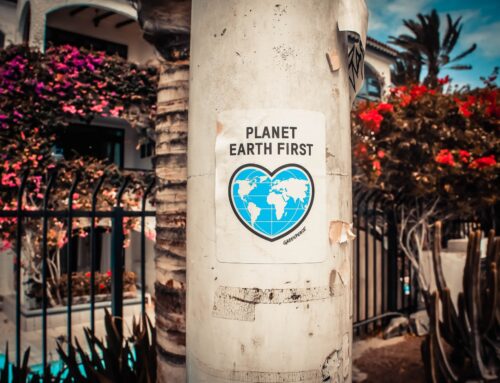The leaders of over 190 countries met in Paris last December to come to a global agreement about climate change. This conference was called the Conference of the Parties, or COP21. The proposed long-term agreement established at COP 21 is to keep global warming to less than 2 degrees Celsius; however, the ultimate aim is to limit global warming to less than 1.5 degrees. The agreement set forth at the conference is not enforceable because the government of each country first needs to ratify it. The global agreement will be open for signature in New York City for one year beginning April 22, 2016. It must be ratified by at least 55 countries that account for 55% of global emissions. After it is signed, those countries will meet regularly, with the intent to track progress and set new, more aggressive targets every five years.
According to the Center for Climate and Energy Solutions, the following are the outcomes of COP 21.
- Reaffirm the goal of limiting global temperature increase well below 2 degrees Celsius, while urging efforts to limit the increase to 1.5 degrees;
- Establish binding commitments by all parties to make “nationally determined contributions” (NDCs), and to pursue domestic measures aimed at achieving them;
- Commit all countries to report regularly on their emissions and “progress made in implementing and achieving” their NDCs, and to undergo international review;
- Commit all countries to submit new NDCs every five years, with the clear expectation that they will “represent a progression” beyond previous ones;
- Reaffirm the binding obligations of developed countries under the U.N. Framework Convention on Climate Change to support the efforts of developing countries, while for the first time encouraging voluntary contributions by developing countries too;
- Extend the current goal of mobilizing $100 billion a year in support by 2020 through 2025, with a new, higher goal to be set for the period after 2025;
- Extend a mechanism to address “loss and damage” resulting from climate change, which explicitly will not “involve or provide a basis for any liability or compensation;”
- Require parties engaging in international emissions trading to avoid “double counting;” and
- Call for a new mechanism, similar to the Clean Development Mechanism under the Kyoto Protocol, enabling emission reductions in one country to be counted toward another country’s NDC.
Thus far, the United States has resisted signing a measure to reduce climate change because developed countries have been asked to help fund emissions reduction efforts in less developed nations. The proposed COP21 agreement will treat all of the nations more equally; therefore, it’s likely that the US will sign it.
Once our country ratifies the COP21 agreement we will see many of the solutions to global warming take shape. Some of the solutions could include carbon taxes, removal of fossil fuel subsidies, and shifting investments toward sustainable energy.
I look forward to our country completely adopting COP21. Hopefully we will be one of the first nations to sign the agreement on April 22, Earth Day! If not, COP22, which will be held in Marrakech, Morocco, November 7-18, 2016, will be a reminder. I believe we will eventually sign it and when we do we will see a vast expansion in emissions reduction efforts and new renewable energy projects!







Leave A Comment